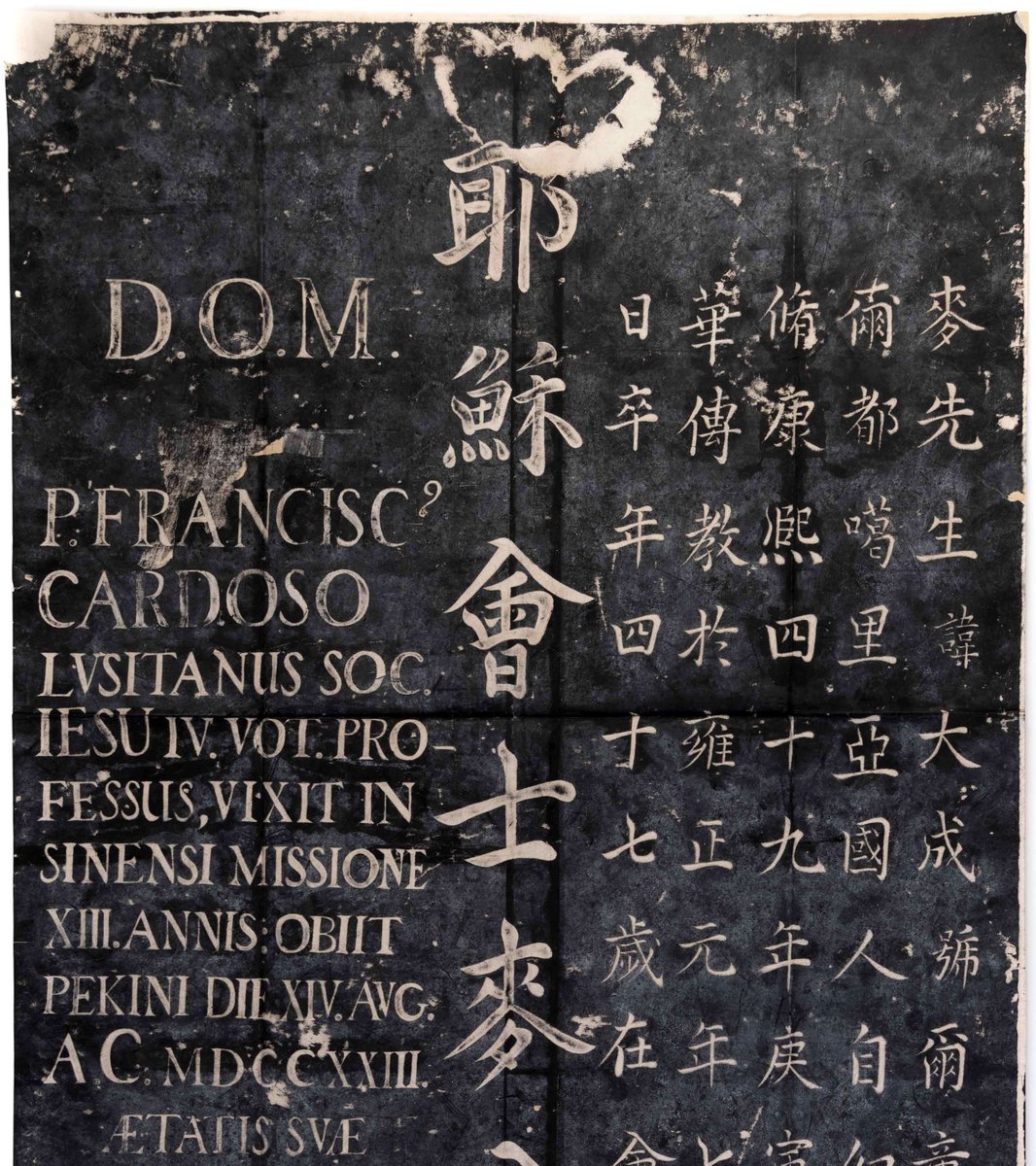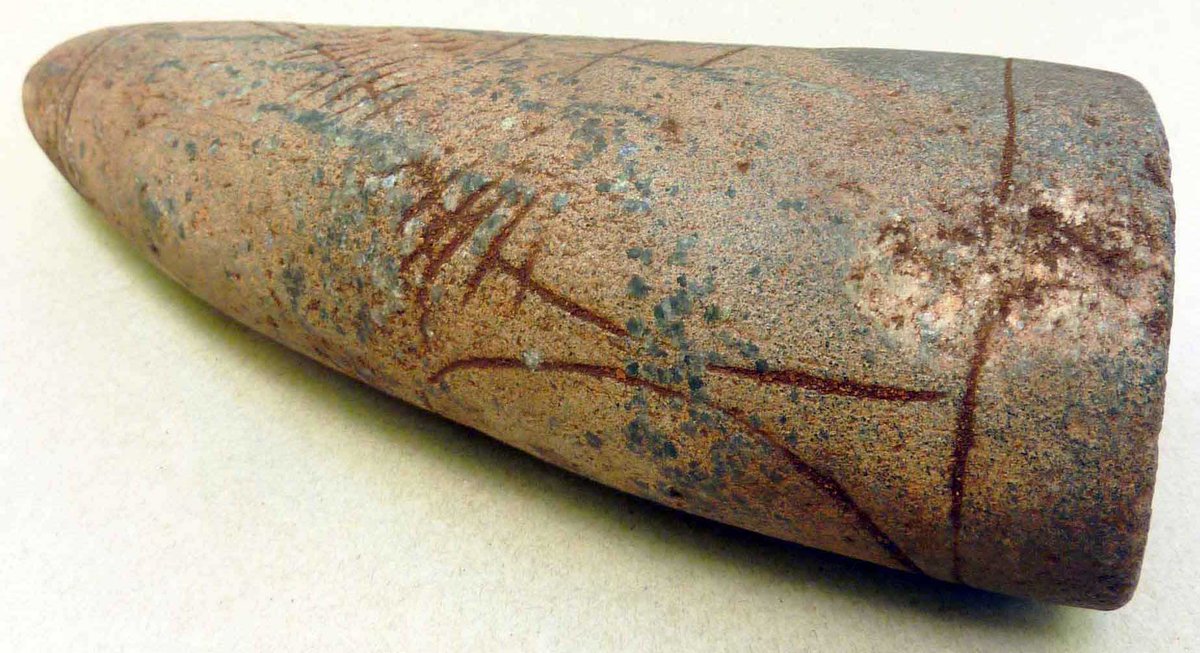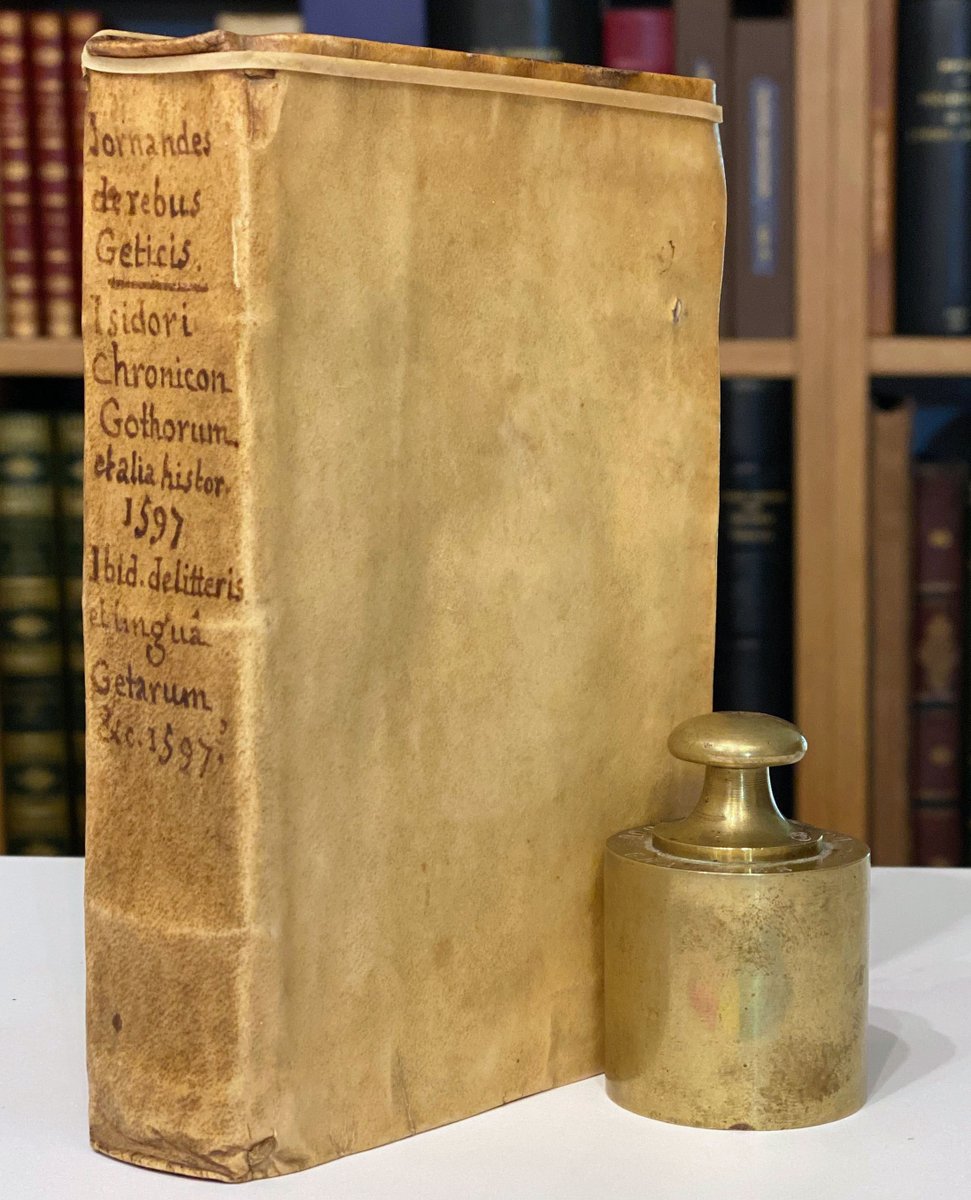
Jesuit grave-stones in Peking follow a particular pattern established in the Ming dynasty by that of Matteo Ricci. Their design is unique and exclusively used for Jesuit graves: On the left is the Latin text giving the name, nationality, and summary biographical information... 1/ 



This includes the number of years at the China mission and the exact date of death, occupation etc. On the right is the same text in Chinese and in the centre the large characters give their Chinese name and rank. 2/
These are tombstones of João Andreas Pereira (Chinese name Xu Maode, 1689-1743) and João Francisco Cardoso (Chinese name Mai Dacheng, 1677-1723, Vice-President), Jesuit missionaries who both worked at the Imperial Board of Astronomy in Peking. 3/ 



The tombstones are currently housed in the Zhalan cemetery which is on the ground of a Communist Party school for cadres. It's impossible to take any impressions now, but judging from the paper it's assumed these rubbings were made in the second half of the 19th century. 4/
Pereira was the son of English parents whose original name was Andrew Jackson. He was born in Oporto and changed his name to André Pereira to become a Portuguese citizen and entered the Jesuit order in 1707. 5/ 

Pereira received special training in mathematics before being sent to Peking where he arrived in early 1717. He was given the rank of a mandarin in 1727. At the Board of Astronomy he worked on the Yuzhi lixiang kaocheng houbian (1737), a revision of the Imperial calendar. 6/
Francisco Cardoso arrived in Peking in February 1711. He had originally been sent by the King of Portugal as an envoy to settle diplomatic questions but was employed by the Kangxi Emperor as cartographer for the first great mapping survey of China. 7/ 

This was called the ‘Map of a Complete View of the Imperial Territory’, and was printed from 41 copper plates in 1718. Cardoso travelled widely in China compiling triangulation surveys of the provinces of Shandong, Shanxi, Jiangxi, Guangdong & Guangxi. He died on 14 Aug 1723. 8/
• • •
Missing some Tweet in this thread? You can try to
force a refresh




















